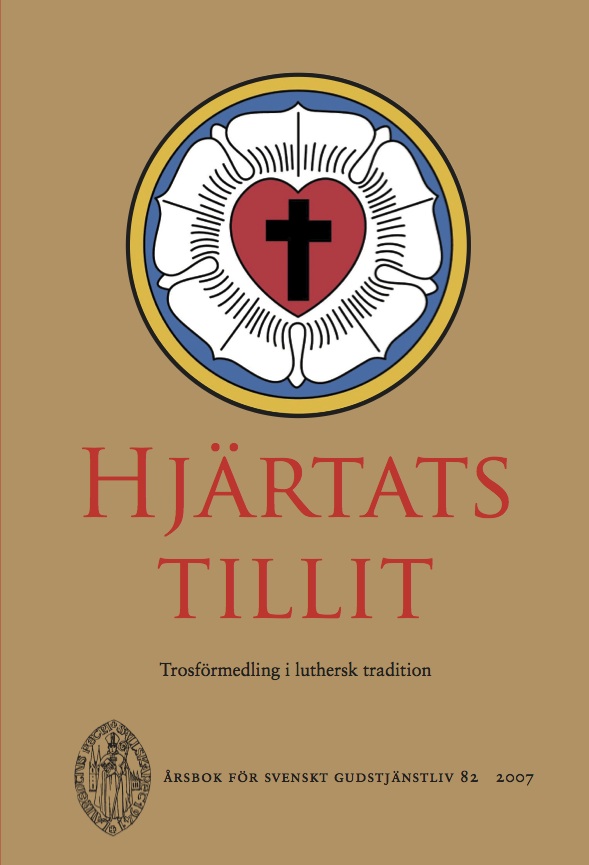Luther och Hæffners koralarbete
Abstract
Luther and Hæffner's Work on Chorales
In this text I have tried to summarise how the writings about music and the chorale music of Martin Luther were looked upon in Sweden at the turn of the century 1800. One of the leading persons in this debate was J. C. F. Hæffner (1759–1833), who had arrived from Germany in 1781 and stayed in Sweden until his death. He became in turn Conductor of the Swedish Royal Orchestra, Director of Music at Uppsala University and Organist of Uppsala Cathedral. As editor of the music of the new hymnal 1819 by J. O. Wallin, his engagement in chorale issues was more than theoretical. His own two chorale books (both printed and widely used) from 1808 and 1820 (with supplement 1821) are my main sources together with a large number of articles from his hand.
Eight principles of Hæffner’s musical handicraft can be traced directly to Luther.
First, the chorale melodies Luther used were looked upon as a treasure of the Lutheran Church that would remain »in Eternity». Music as such was understood as God’s gift to mankind. Many of the changes made by Hæffner in the already well known melodies in Sweden were traced back to the »originals» of Luther. Some earlier unknown Lutheran melodies also found their way into Sweden.
Secondly, Hæffner referred to Luther’s wish that each hymn text should have its own melody. In practice he knew that this was impossible, and the many melodies were recommended to be used whenever possible. These were perhaps more often sung in schools and by choirs than by parish congregations.
Thirdly, Hæffner utilized the syllabic principle in Luther’s own chorales. Even though some old Gregorian melodies were preserved in a melismatic form by Luther, Hæffner was convinced that the main intention was towards a syllabic form. Thus sometimes he consciously went further than Luther on this point.
Fourthly, Hæffner found a deep Lutheran respect for the tonality of the old Gregorian melodies, the so called »church modes». This made him eager to use them, in spite of the fact that his own time mostly looked down on them in favour of the major and minor keys. Thus he got plenty of critics. But his conviction of the beauty of these modes just increased when he found a related tonality in the old Swedish folk tunes.
Fifthly, Hæffner meant that Luther had proposed the chorales to be sung in four parts. This he thought had been the normal way of singing hymns until the middle of the 17th century. The arrangements in his own Chorale book of 1820 also were intended for four-part singing.
Sixthly, Hæffner rejected use of three-four time in chorales. His main argument was that Luther never hade used it. A chorale in »Menuett» time could never be as »simple» and »sublime» as it should be, with »seriousness » and »solemnity».
Seventhly, in Sweden at the time of Hæffner, it seems that the notation of chorales with mainly minims (half notes) was traced back to Luther. One source of this opinion was the Moravian chorale book by Gregor, 1784.
Lastly, I have found an explicit reference to Luther in Hæffner’s recommendation to sing the chorales in a powerful and loud manner, in order not to be »ashamed of bearing your inner wishes to God».
Downloads
Published
Issue
Section
License
© the authors, Laurentius Petri Sällskapet för Svenskt Gudstjänstliv and Artos & Norma Bokförlag. Copying and using material from Svenskt Gudstjänstliv for scholarly purposes is permitted as long as the source is indicated. For other uses, please contact the respective author as well as the publisher. Special restrictions may apply to images.


